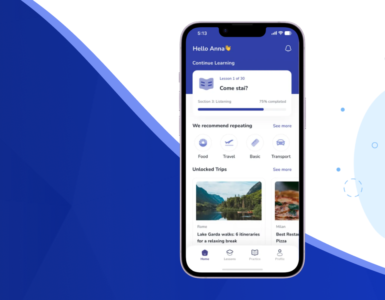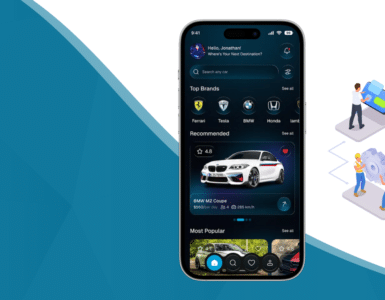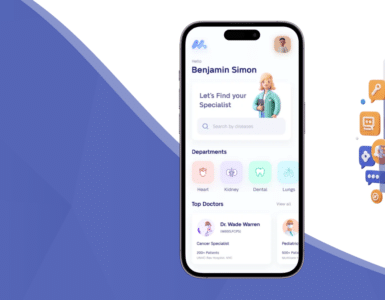Are you keeping up with the ever-evolving Android app development ecosystem?
If yes, you probably know that since Google declared Kotlin as the preferred language for Android development at I/O 2019, the industry hasn’t looked back. Kotlin has grown rapidly—not just in popularity but also in capability.
Fast forward to 2025, Kotlin has solidified its place in the Android world. However, the debate around Java vs. Kotlin still persists among developers and businesses looking to build robust mobile applications.
In this blog, we break down the key differences, pros and cons, and current trends to help you decide which language—Java or Kotlin—is more suitable for your Android app development project.
Kotlin in 2025: The Rise Continues
Kotlin is no longer the “new kid” in Android development—it’s now a go-to language for modern, scalable, and high-performance applications.
What’s New in Kotlin?
-
Kotlin 2.0, released in late 2024, brought improved compiler performance, better IDE support, and a smoother Kotlin Multiplatform experience.
-
Kotlin Multiplatform Mobile (KMM) is gaining ground among startups and enterprises for shared business logic across Android and iOS apps.
-
Integration with Jetpack Compose is seamless, offering a modern UI toolkit that enhances developer productivity.
According to JetBrains’ Kotlin Census 2024, over 80% of Android developers now use Kotlin as their primary language.
Companies like Netflix, Pinterest, and Trello have transitioned entirely to Kotlin for Android projects, citing enhanced productivity and fewer crashes.
Want to explore how our Android app development services can help you get started with Kotlin? Reach out to us today.
Why Kotlin Is Loved by Developers
-
Concise and expressive syntax = fewer bugs
-
Built-in null safety prevents common crashes
-
Seamless Java interoperability
-
Coroutines support for asynchronous programming
-
Active community and JetBrains’ continuous innovation

Java in 2025: Still Holding Strong
While Kotlin continues to evolve, Java hasn’t faded into the background. It still powers a large portion of Android applications and backend systems.
Why Java Still Makes Sense
-
Platform independence through JVM
-
Vast libraries and robust documentation
-
High performance with lightweight apps
-
Reliable for large-scale enterprise applications
-
Ideal for teams already fluent in Java
However, Java lacks some of the modern programming features that Kotlin offers out of the box. It often requires more boilerplate code, which can increase development time.
Curious how Java compares for other mobile projects? Learn more in our post on Choosing the Right Tech Stack for App Development.
Java vs. Kotlin: A Head-to-Head Compariso
| Feature | Kotlin | Java |
|---|---|---|
| Official Android Language | ✅ Yes (since 2019) | ✅ Yes |
| Null Safety | ✅ Built-in | ❌ Manual checks required |
| Code Conciseness | ✅ Highly concise | ❌ Verbose |
| Community Support | ✅ Growing | ✅ Mature and vast |
| Learning Curve | ❌ Steep for beginners | ✅ Easy for many developers |
| Multiplatform Support | ✅ Kotlin Multiplatform | ❌ Limited |
Cons to Consider
Java:
-
Requires more code
-
Less modern syntax
-
Slower pace of innovation
-
Memory-heavy compared to Kotlin
Kotlin:
-
Learning curve for Java-only devs
-
Slower compilation (in some cases)
-
Smaller pool of Kotlin-only developers
Is It the End for Java in Android?
Definitely not.
While Kotlin leads the pack in modern Android development, Java remains a dependable option, especially for legacy systems and backend integrations. In fact, many projects use a hybrid of Java and Kotlin to leverage the best of both worlds.
























